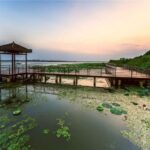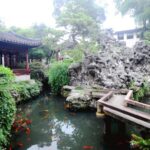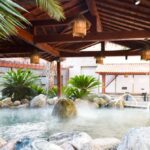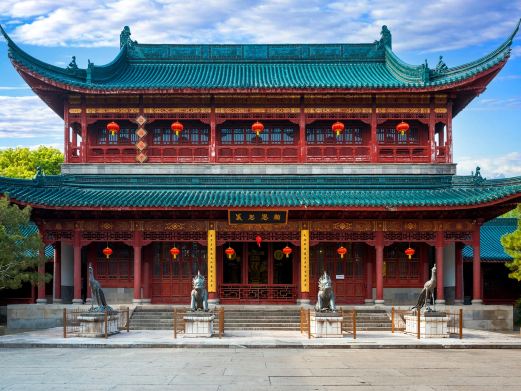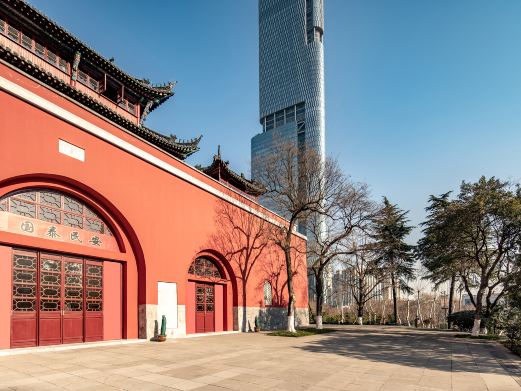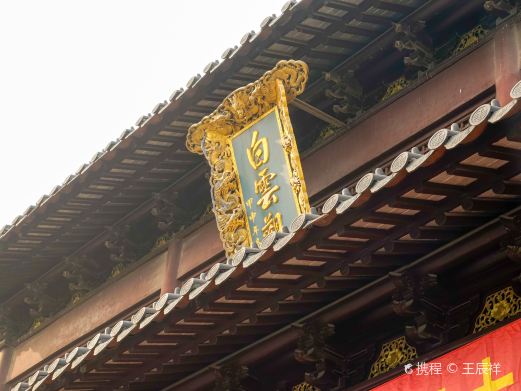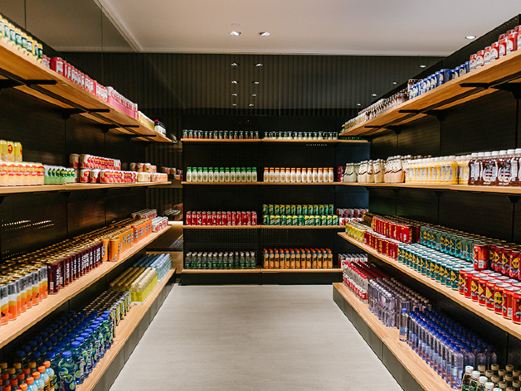When people in Shanghai mention Suzhou Creek, there is always an inexplicable emotion, with a touch of vicissitudes and sentiment. The prosperity and extravagance on both banks in the past have been replaced by new buildings. The grievances and resentments of the ten-mile foreign firms have long withdrawn from the historical stage. Only that quiet river remains. As a witness to modern Shanghai, Suzhou Creek has left many representative historical buildings, such as Waibaidu Bridge, Shanghai General Post Office, the former British Consulate, and the former site of Shanghai General Chamber of Commerce, forming a special nostalgic scenic line in modern Shanghai.
The rise of industry along Suzhou Creek once led to serious pollution of the river. The black and smelly river once affected people’s environment and life. Even fish and shrimp disappeared in the urban section of the river and it was called ‘blooming black peony’. After a series of renovation projects, the sleeping Suzhou Creek finally wakes up. There are shady trees on both banks. Not only has the water quality been significantly improved, but also together with the historical buildings and creative parks along the bank, it has formed a new landmark in Shanghai. And a night cruise route on Suzhou Creek has been opened. Suzhou Creek is 125 kilometers long. It originates from Taihu Lake and flows into the Huangpu River near Waibaidu Bridge. It is the second largest river in Shanghai. Before the opening of Shanghai as a port, Suzhou Creek was always called Wusong River. To be precise, the lower reaches of Wusong River east of Beixinjing was called ‘Suzhou Creek’. It is said that foreigners found that they could take a boat to Suzhou along this river, so it got its name. The 5,000-year-old Suzhou Creek records the historical changes of Shanghai from ancient times to the present. And its long journey from prosperity to decline and then to renovation and restoration also represents the development footprint of Shanghai in a hundred years.Open all year round and open all day.


